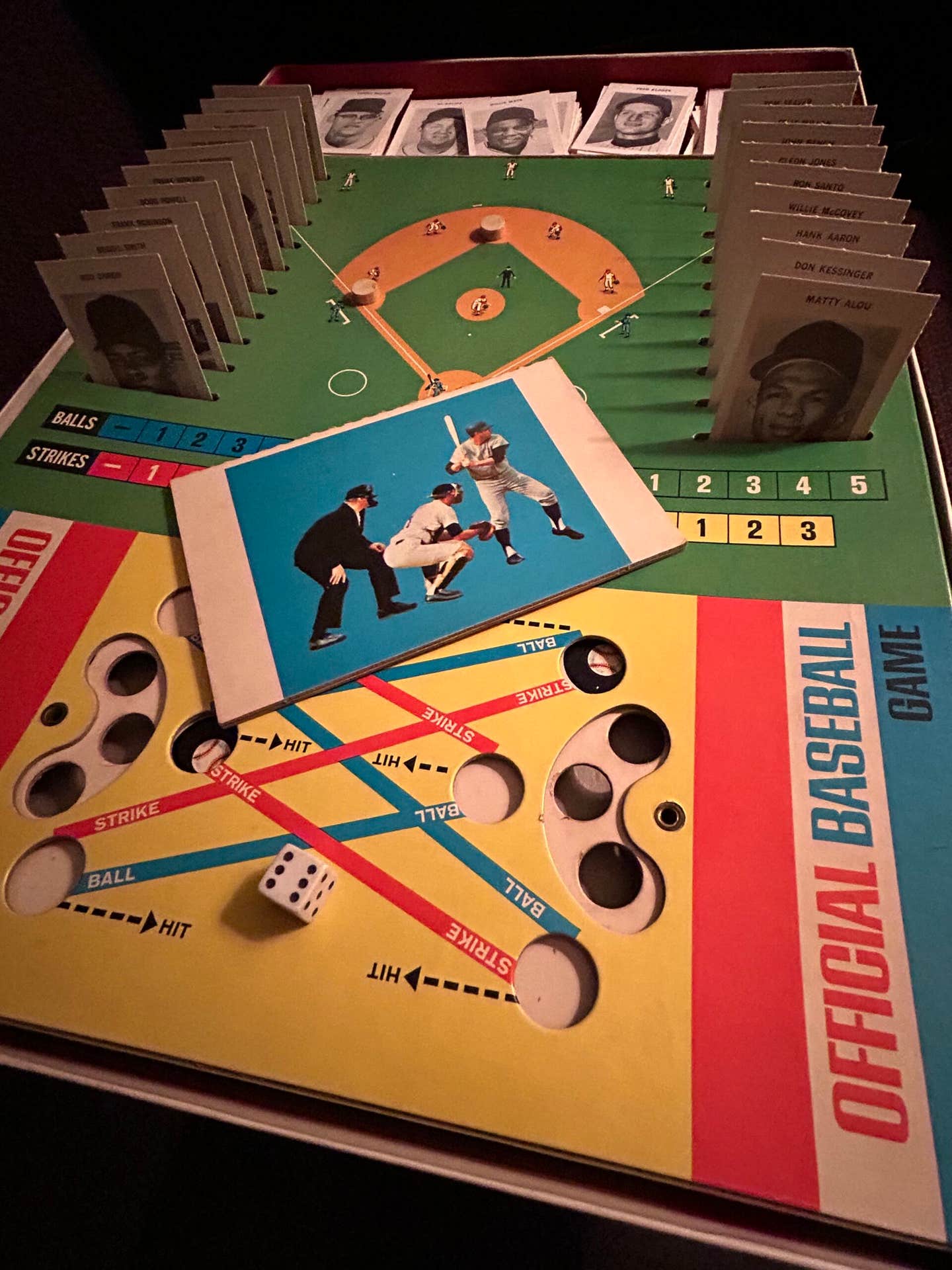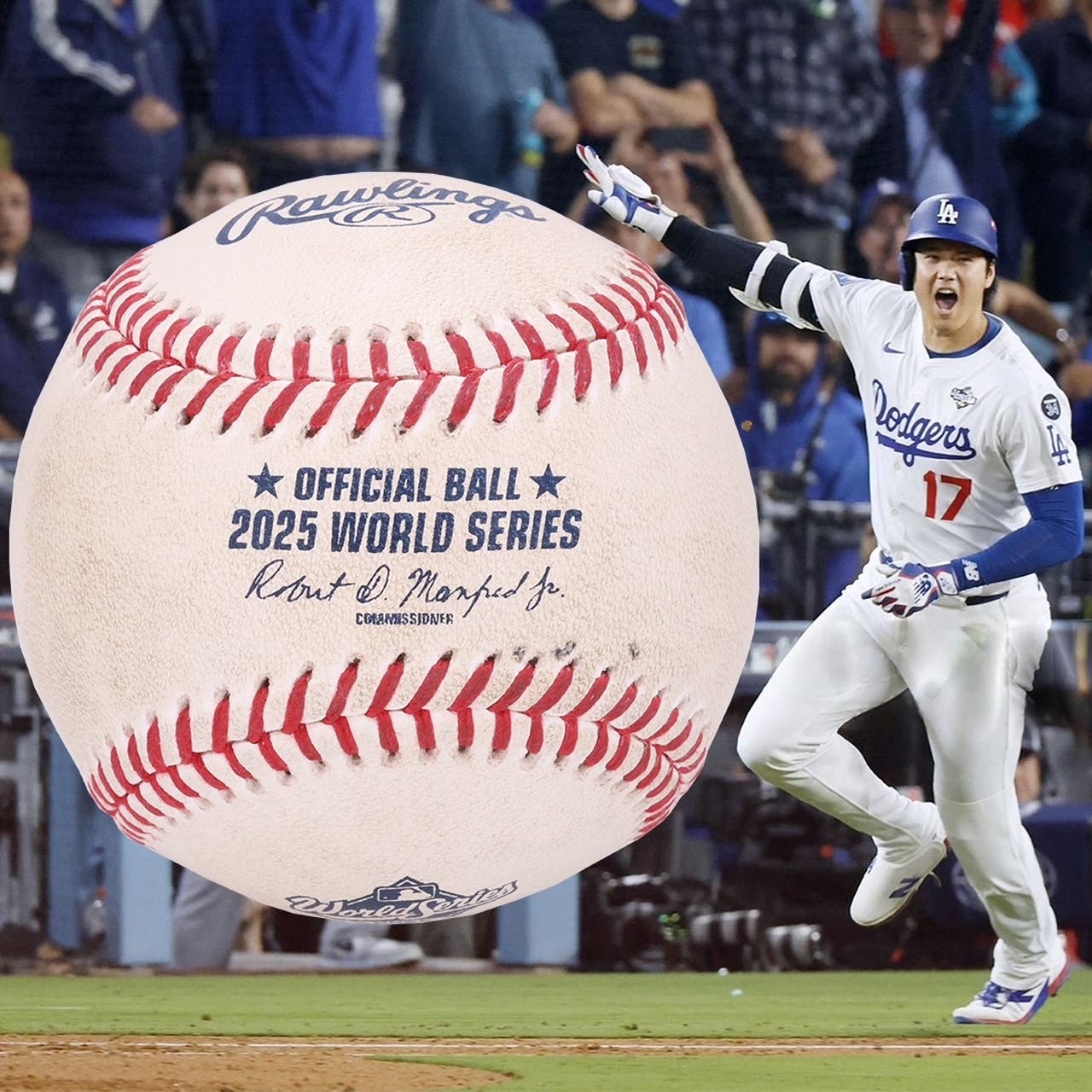Memorabilia
Ruth/Sylvester Story Told in ‘I’ll Knock a Homer For You’
By Tom Bartsch
Sometimes when you’re racking your brain to come up with a film idea, you don’t have to stray from the family tree. And sometimes the topic of the film can be a subject many people have heard of, but never in its truest form. Adding a personality like Babe Ruth into the mix isn’t a bad idea either for a debut film.
Welcome to the life of film producer Andrew Lilley, a product of the New York Film Academy in Manhattan and a longtime N.Y. Yankees fan. Johnny Sylvester also happens to be his great uncle – does the name ring a bell?
To die-hard baseball fans it does, as Johnny Sylvester is the ailing boy Babe Ruth hits a home run for that has been immortalized in various stories and films, including 1948’s The Babe Ruth Story. In the films, however, Hollywood has embellished the facts, something Lilley felt was never necessary in the first place. The result is his directorial debut – I’ll Knock a Homer For You: The Timeless Story of Johnny Sylvester and Babe Ruth – a 65-minute documentary that was bestowed the Home Grown Award for Best Documentary Feature at the Garden State Film Festival in early April.
Lilley has a few ideas as to why a true-to-life film hasn’t been made to date. Charlie Poekel’s book, Babe and the Kid (2007), is the go-to book for an accurate portrayal of the story.
“Johnny was a very reserved person. He wasn’t the type of guy who would talk about this story, only if you approached him first and asked him,” Lilley said. “People didn’t really know about it. They didn’t know he was the kid that Babe Ruth hit the home run for.”
Sylvester passed away in 1990, and even though Lilley’s family visited him with some regularity, Sylvester only talked about the subject once or twice with Andrew, and only when he was asked.
“Johnny didn’t talk much, which gave the story a kind of mystique, something we don’t
have today with the constant deluge of news,” Lilley said. “Stories are no longer romanticized. They are presented so quickly to the public, plastered all over, and then move on to something else.”
The story, boiled down to the basics, was that Sylvester had been injured in a horseback-riding accident in which he was kicked in the head, developing an infection in his skull. The prognosis was not good. Sylvester was a die-hard Yankees fan, with Ruth being No. 1 in his book. With some family connections to the Yankees, Sylvester received signed balls from the Yankees and St. Louis Cardinals during the 1926 World Series. The Yankees ball included Ruth’s signature and the message “I’ll knock a homer for Wednesday’s game.” Sylvester received the ball before Game 4, and Ruth ended up belting three home runs in that game.
The two didn’t meet in person until after the 1926 World Series, in which the Yankees lost in seven games. The morale boost of Ruth’s feat and visit turned Johnny’s life around.
With those facts already in place, Lilley knew he needed to make a film about it.
“Wow this would make a great documentary film because there hadn’t been a documentary film on this subject,” Lilley thought out loud.
The film took a couple of years to make, with Lilley assembling a group of people who were very knowledgeable about Johnny Sylvester and the story and also those who were very knowledgeable about Babe Ruth. Those included Mike Gibbons and Greg Schwalenberg of The Babe Ruth Birthplace Museum in Baltimore and interviews with Johnny Sylvester Jr. and Lilley’s dad Philip, who was taken in by the Sylvester family after his own father passed away. Charlie Poekel was also used as a resource.
“I don’t know why it’s been misrepresented in movies, and those movies were horrible movies – very campy,” Lilley said. “It’s surprising there hasn’t been a really good movie made about Babe Ruth. Ruth is one of those sports figures who transcends time and generations.
“The fact that he hit these three home runs, and he promised he would knock a homer for Johnny on the baseball the day before Game 4 happened, I think it’s an amazing thing in and of itself and didn’t need any embellishment.”
The film starts out in the present day, in Johnny’s house growing up. The viewer is taken through the house looking at memorabilia in the attic. A film projector then fires up, showing Ruth, and then the film goes back to the 1926 World Series and before when Johnny gets his injury. The film then follows the 1926 Series, Johnny and the Babe’s friendship and their later lives.
“I don’t think this will appeal to just baseball fans, I think it’ll appeal to people who are interested in a nice story, a human interest story,” Lilley explained. “You don’t have to be a baseball fan, but baseball fans are going to like the little-known facts about the World Series and the facts about Babe Ruth presented in the film.”
The film pictures a lot of memorabilia, with help from the Baseball Hall of Fame and the Babe Ruth Museum, the latter which houses the famous Ruth-signed ball on loan from the Sylvester family.
The end goal of the film is to get distribution, meaning the rest of the world can see the film, as well. Lilley currently has some irons in the fire on that front, but right now he’s getting the world out about the film and directing people to his website, www.loosegravelfilms.com, where people can view a two-minute trailer.
“It’s quite surreal. It’s really been a dream come true,” Lilley said about making the film and winning the documentary award. “When you make a movie, you always hope it’s going to do well. So far, the response has been awesome. It’s always interesting to learn about history, especially a part of history that not too many people know about. It’s wonderful to be able to present it to them in this movie.”
As Lilley said previously, the actual events read like a Hollywood movie, so why change it?
“One of the reasons this film appeals to people, everyone can relate to a point and time in their lives when things were not going well, whether a health issue like Johnny had or something that happened in life when you were down. To have someone . . . at the time Babe Ruth wasn’t just the most famous baseball player, he was probably the most famous person at that point in time . . . to have someone like that promise to hit a home run for you and not only do that but hit one three times over, that’s a pretty powerful thing.
“Anyone, no matter what age, would appreciate that if they were in their darkest of hours needing some help and to have someone promise to do that and coming through is an amazing thing.”
You can contact Andrew Lilley via e-mail at Andrew@loosegravelfilms.com. Visit his website at www.loosegravelfilms.com and check out his Facebook page at www.facebook.com/KnockAHomerForYou.








